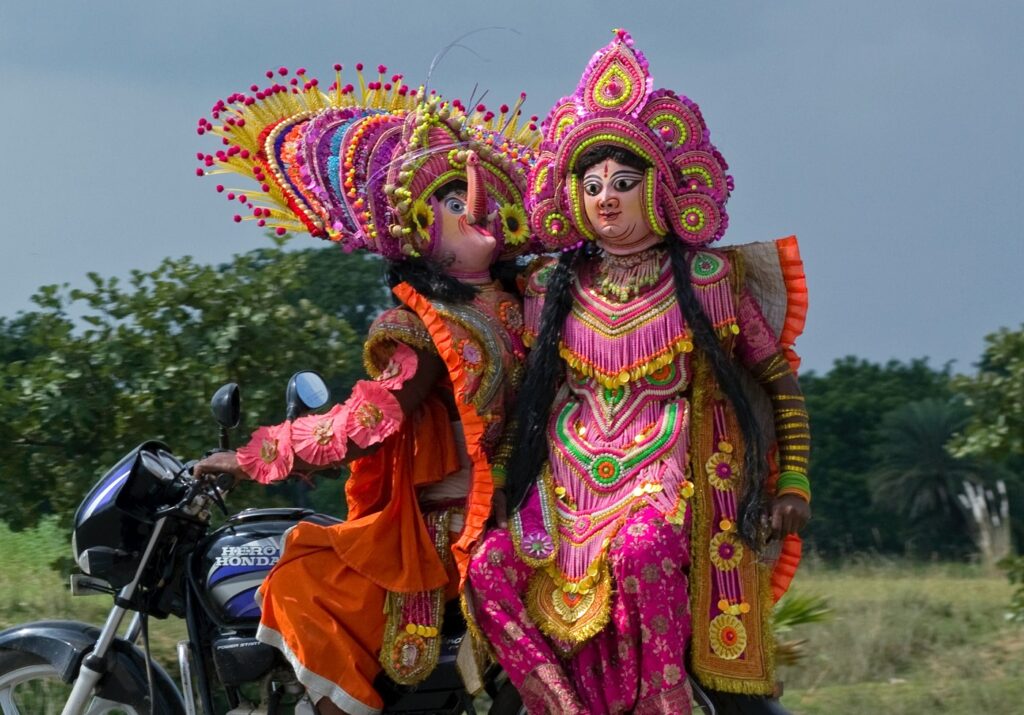A popular dance form of the eastern Indian states, Chhau, has been in practice for many years. It is a perfect blend of martial arts and tribal culture. Orissa, Jharkhand, and West Bengal are the three states known for their performance of the Chhau dance. The dance form has an interesting history, a theme, and captivating costumes that make it a favorite among the tribes.

History of Chhau dance form
The practice of the Chhau dance form dates back to the 18th century and it gained popularity under the royal patronage of a king named Krishana Chandra Bhanj Deo. The Mayurbhanj district is where Chhau was most prevalent in the early days. The dance is inspired by the mock fights of warriors who dwelled in the dense jungles of Mayurbhanj. These tribal Paikas or warriors of Orissa depicted fight sequences accompanied by music from traditional instruments. In the 19th century, Chhau picked up elements of martial skills. The dance customs varied from one district to another. A dance that started with the theme of the military barrack is now part of a religious celebration and holds spiritual value to the tribes of Orissa.
Meaning of Chhau
The dance style is believed to have got its name from the Sanskrit word Chaya meaning shadow or darkness. The word Chauka in Oriya is also said to be the source of the Chhau word, which meant the ability to launch a sudden attack on the enemy.
Performance of Chhau Dance
The Chhau dance is part of a big celebration in the Bengali month of Chaitra where the tribes worship the Sun God. The dance is a way of appeasing the Sun God.
The stage for the Chhau dance act is usually clear ground. Mashaals or fire sticks surround the entire stage. The dance is done at night. The dancers are needed to clean themselves and pray to God before starting the performance.
The dancers dress up as famous Hindu Gods and Goddesses for performing the Chhau. The theme is mostly based on the Hindu epics, Ramayana and Mahabharata. The Puranas are also depicted in the Chhau dance. The masks utilized for Chhau show various expressions. The movements of the body are done accordingly to display anger, sadness, courage, and many other moods.
To portray scenes of war and attacks, the Chhau dancers use martial art moves. Swords and shields are used as props for enhancing the performance.
Costume for Chhau
One of the most interesting aspects of Chhau dance is the costume. All dancers wear masks made of clay or paper. The masks are designed carefully to bring out the various facial expressions of a human. The costumes are made with attractive colors and designs to entertain the audience. Dancers also dress up as birds and animals according to the requirement of the scene.
Music
The Chhau dance is performed along with the rhythms of the drums and other traditional musical instruments. The Mahuri is a common folk musical instrument used by the Mayurbhanj Chhau dancers. There is a singer who recites various folk songs during the performance.

Pingback: All Folk Dances of India - Auchitya